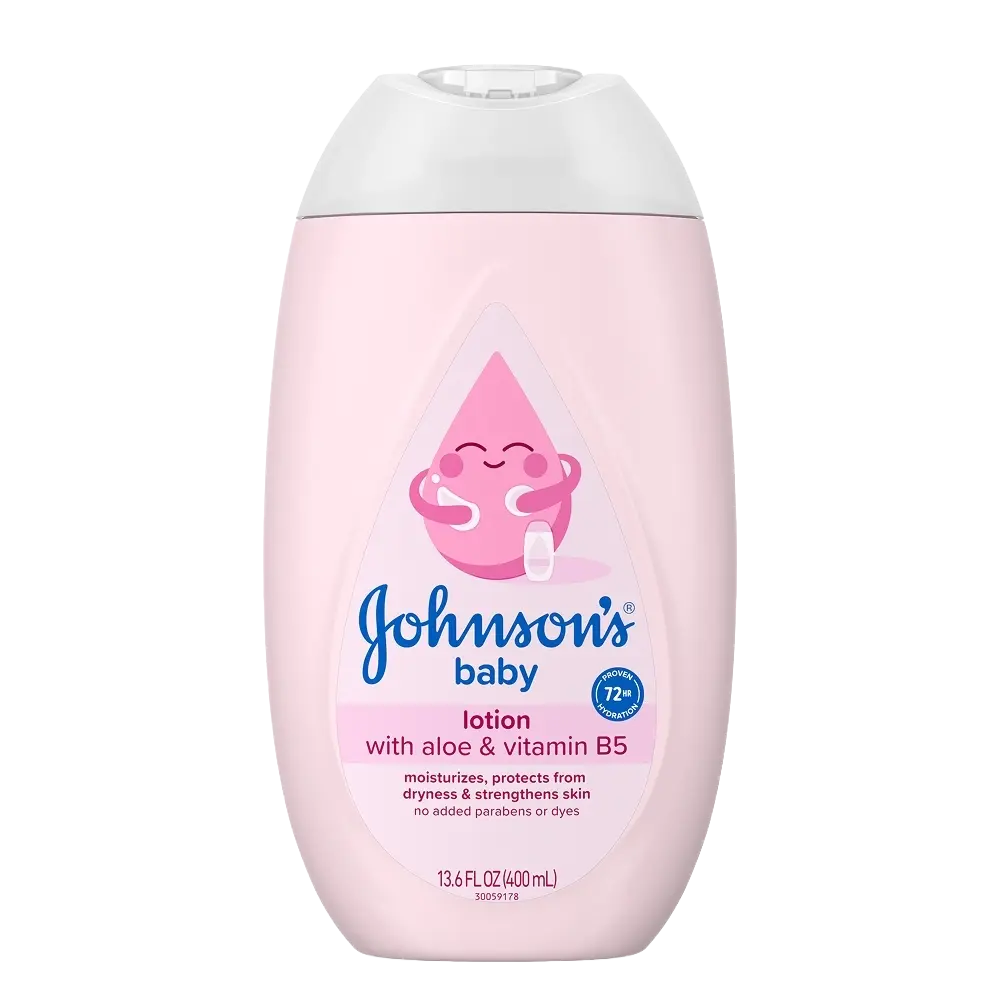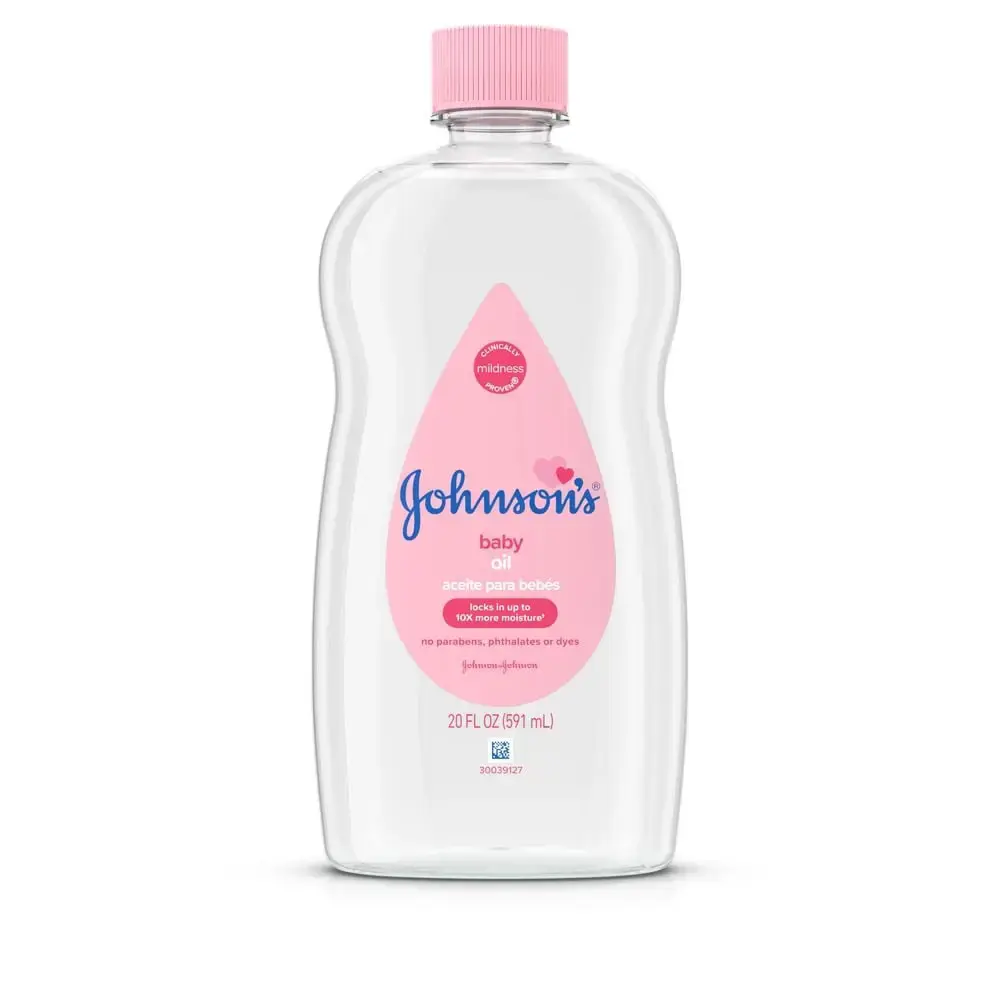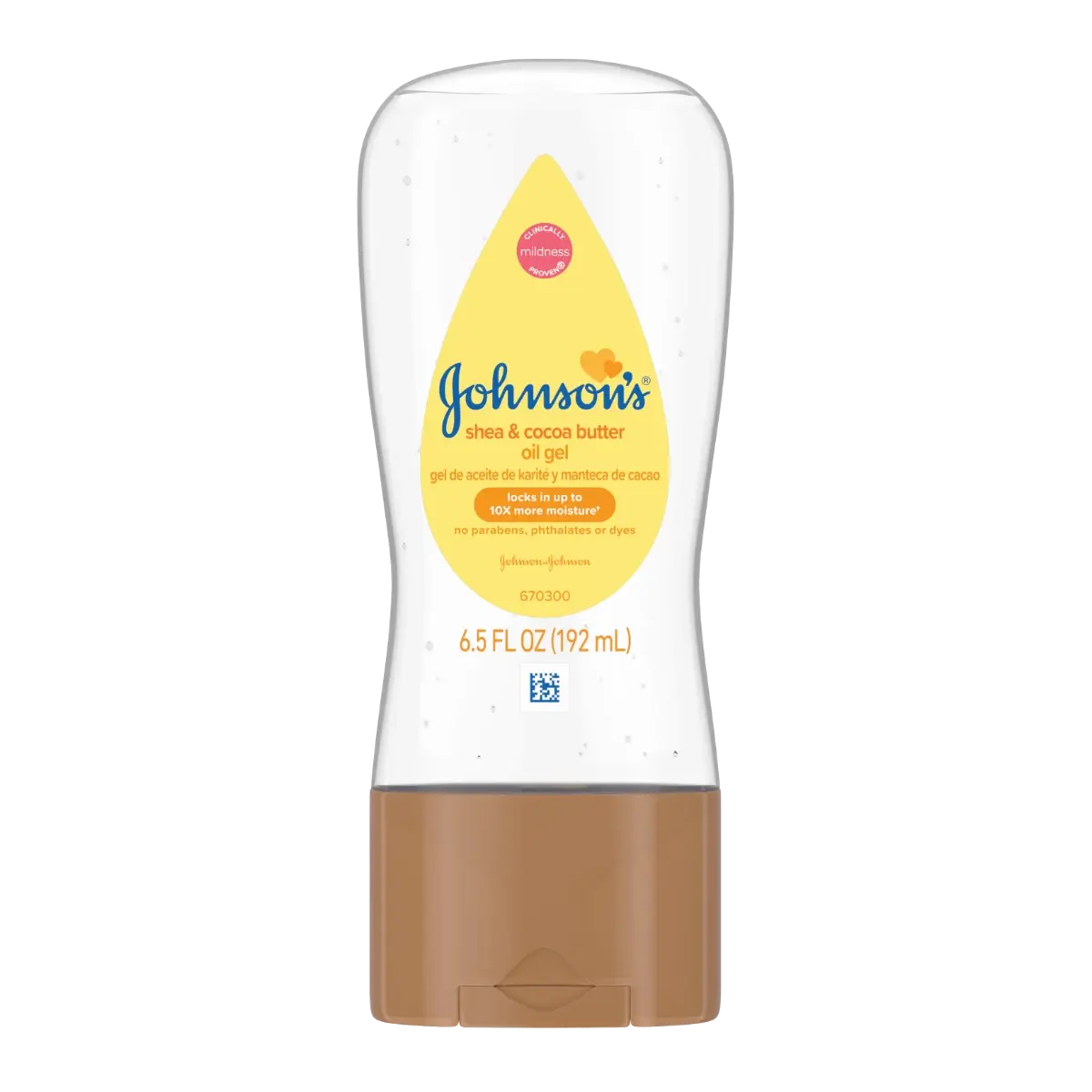Guide to Baby Massage
Baby massage helps you bond with your baby.

The Benefits of Baby Massage

Touch: Our First Language
In many hospitals and birth centers, newborns are places on the mother’s chest to give them as much skin-to skin contact as possible. Gentle and loving touch can help small babies grow stronger and feel less anxiety. Infants who experience routine touch show 50% more eye contact and are 3 times more likely to have an overall positive expression than infants who do not.

Touch: What It Does
Infant massage may soothe your baby and reduce his/her crying, aid digestion and help relieve colic, gas and constipation, increase daily weight gain, enhance your baby’s adjustment to nighttime sleep, and help him/her sleep more deeply, relieve nasal congestion and teething discomfort, help develop good muscle tone, coordination and suppleness, enhance body awareness, boost the immune system, improve skin texture, help calm and relax both you and your baby, and boost your confidence.
Products for Baby Massage
Choose a gentle product to massage your baby’s skin, such as a baby lotion or oil. Our Clinically Proven Mildness lotions and oils are gentle; free of parabens, phthalates, and dyes; and formulated for baby’s delicate skin.
Did you know?
Researchers believe that a positive maternal childhood helps to form the basis for future relationships.
How To Massage a Baby
A gentle massage can calm your baby, aid in his/her development and even help him/her sleep better. All it takes is a few minutes and these five easy steps.
8 Baby Massage Tips & Tricks
Choose a time when your baby is awake and alert, not too hungry or too full.
Ensure the room is warm and lighting not too bright.
Have what you need ready: baby massage oil or lotion, towel, clean diapers and clothes.
Wash your hands and remove jewelry.
Find a comfortable place to massage so they can see your face clearly.
Before starting, relax with a few full breaths — this can help your baby relax too.
Babies are always changing. Some may feel more secure if they’re close to their parents.
Use baby oil or lotion and glide comfortably over baby’s skin.
WARNING: Keep all products out of reach of children. Keep any baby oil out of children’s reach to avoid drinking and accidental inhalation, which can cause serious injury. Should breathing problems occur, consult a doctor immediately.
Massage Guides
Newborn (0-28 days)
Don’t be afraid to start a massaging routine shortly after birth. Routine massage helps you grow your bond and leads to baby’s happy, healthy development. Through newborn massage, you can gain increased awareness of how your baby communicates and ideas on ways to support your baby in his/her first few months. You and your baby will discover what is best for you both. It is important to be mindful that massage is something you do with, rather than to your baby. Start easing into a routine with these newborn massage techniques.
Always begin every massage with a resting hand. It can also be used when your baby needs a break during the massage. This is a good way for your baby to feel secure and enjoy touch.
Check you have enough massage oil or lotion on your hands before you start. With one hand, gently hold your baby’s ankle. Place your other hand at the top of your baby’s thigh, molding it around the leg, then slide it to the ankle. Repeat with firm yet gentle rhythmic strokes, one hand after the other.
Start with your hands on both sides of your baby’s head, then run your hands down both sides of his/her body, from his/her head to his/her toes. Next, draw tiny circles on your baby’s head with your fingertips.
Babies usually love having their feet massaged. Watch your baby’s reactions in case of sensitivity. A little newborn foot massage can have a positive effect on the whole body. Gently squeeze and roll each toe between your thumb and index finger. Using alternate thumbs stroke the top of the foot from toes to the ankle.
When baby’s umbilical cord is healed, a gentle newborn tummy massage can help with digestion and tummy troubles. Start by making contact with your baby’s tummy with a reassuring relaxed hand. If your baby is happy, make gentle paddling strokes, with one hand following the other.
Start your massage beginning at your baby’s neck, swooping down to their bottom. You can also use skin-to-skin contact to enhance the bonding experience between baby, and mom/dad.
Baby (1-23 months)
At six weeks, your baby is starting to become even more engaging which makes baby massage even more meaningful! Here are a few baby massage techniques to get you started.
A baby tummy massage helps baby feel safe and secure and can help with tummy troubles. Gently make paddling strokes on the tummy, with one hand following the other.
A baby face massage can help relax tension caused by sucking, crying and with the discomfort of teething. Make small circles along the jaw with your fingertips.
Gentle massage of the chest can help relieve congestion problems. With both hands at the center of the chest stroke out to the sides as if you were flattening the pages of a book. Keeping contact with your baby, glide your hands down, around and meeting in the center again.
Sometimes babies can hold a lot of tension in their bodies and this baby massage technique on the arms and legs encourages the baby to relax. Gently mold your hands around your baby's arm or leg, asking baby to relax. Using a calm voice repeat the word ‘relax’.
Using the pads of your thumbs gently open their hand, roll each tiny finger between your index finger and thumb and finally stroke the top of their hand from the wrist to the fingertips.
Back massage can encourage strengthening of the neck, shoulders and arms as baby lifts their head; as well as having a calming and relaxing effect. With baby on his/her front, start with both hands together at the top of the back, at right angles to the spine. Move your hands back and forth, going down the back to the buttocks, then up to the shoulders.
Toddler (18-36 months)
You have a toddler! At this stage your baby will be much more active, wriggling, sitting up, crawling and trying to stand.
During toddler massage, try to introduce fun by singing songs, rhyming and even playing games. Use these toddler massage techniques to help your little one’s develop his/her self-confidence and his/her ability to relate to others while also helping to build his/her coordination and strength to help him/her prepare to walk.
Guide to Baby Massage - Toddler (18-36 months)
Leg rolling is a fun activity which increases body awareness. With your hands, roll the leg from thigh to ankle.
If your baby wants to sit upright, you can adapt your toddler massage technique. Swoop one hand after the other from neck down the back and up again.
Gentle movements help to develop baby’s coordination, align the spine and keep your baby flexible.
Cross your baby’s arms at the chest three times, alternating, which arm is over and under. Then gently stretch the arms out to the side.





